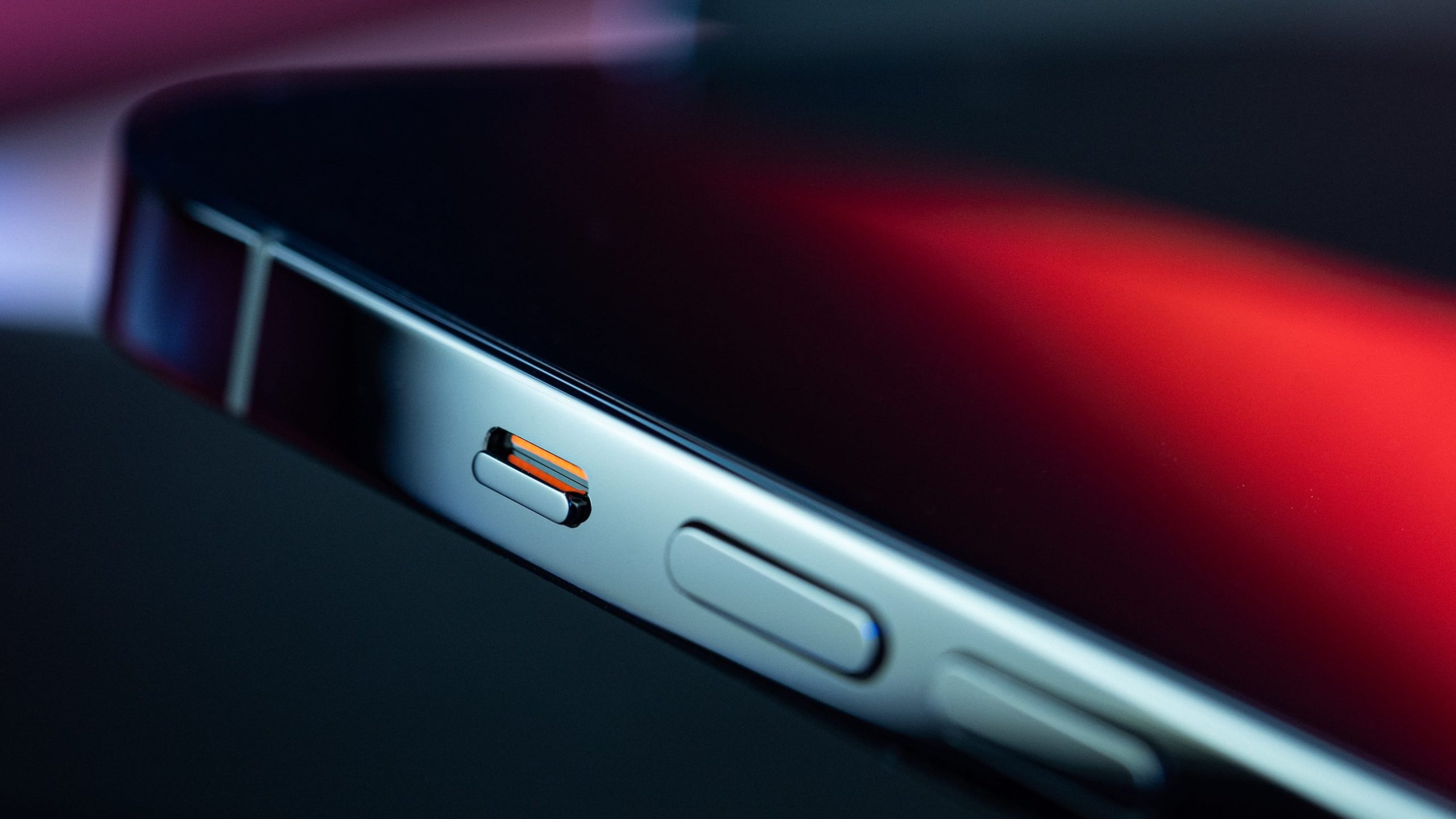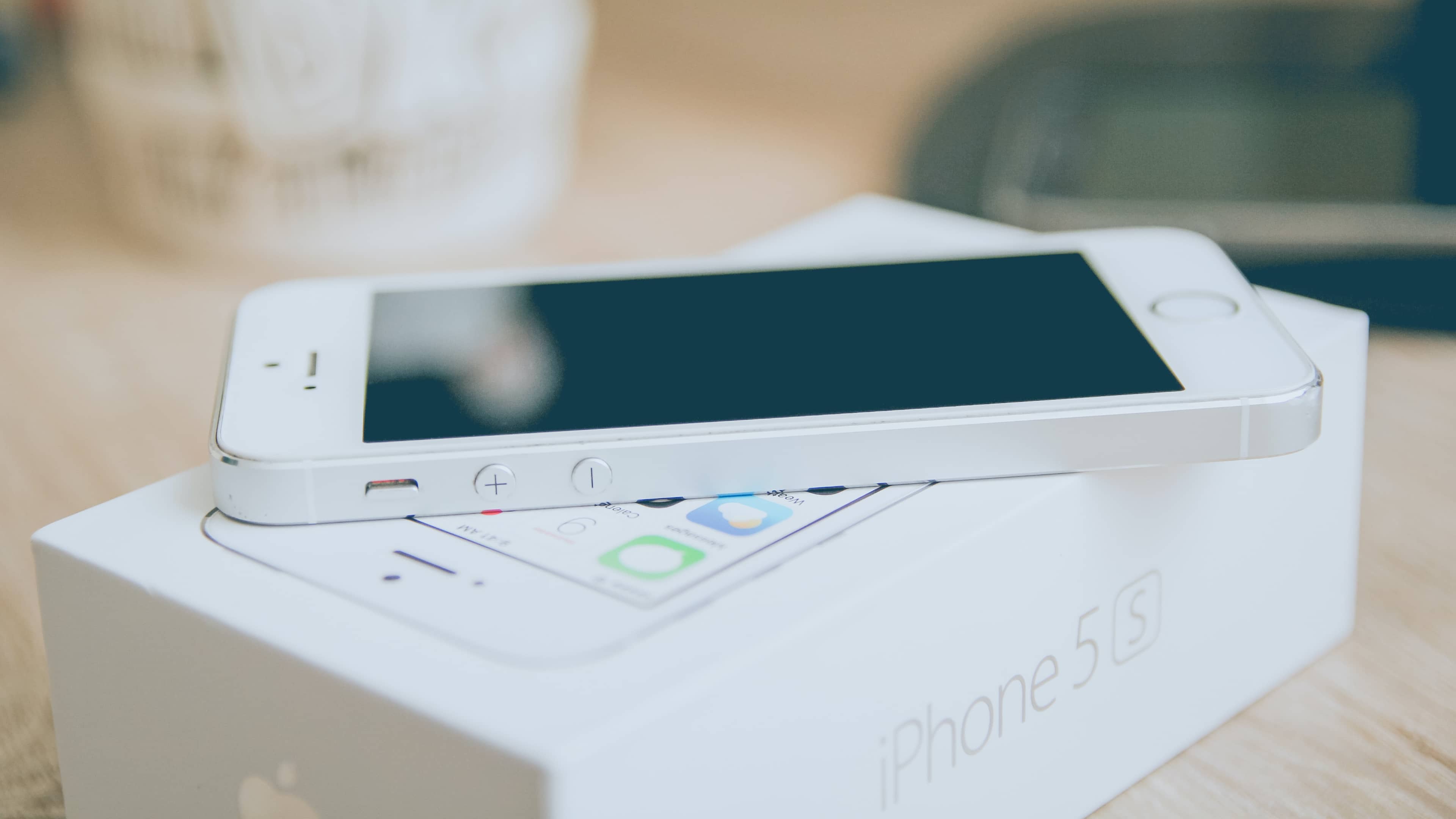The iPhone 15 Pros could ditch the mute switch for a singular press button

The iPhone 15 Pros are rumored to swap the current mechanical mute switch for a button, plus ditch the separate volume buttons for a single rocker-style control.
- What’s happening? The iPhone 15 Pros could replace the volume buttons with a single solid-state rocker and replace the ringer switch with a clickable button.
- Why care? Non-moving buttons could improve dust and water resistance.
- What to do? If you think you won’t like this change, consider the non-Pro iPhone 15 models expected to retain the moving buttons.
iPhone 15 Pros rumored to have solid-state buttons
We heard before that the iPhone 15 Pro and iPhone 15 Pro Max would adopt solid-state volume and ringer controls. And now, YouTuber Daniel Rotar is convinced that this is precisely what Apple has in store for the iPhone 15 Pros.
Based on the leaked CAD drawings, the YouTuber is “almost 100 percent sure” the iPhone 15 Pros will adopt a volume rocker instead of two separate buttons—plus bring a singular press mute button instead of the current switch mechanism.
Not only that but 100% sure that the mute switch will also switch to a singular press button, rather than the up and down switch that we have now. Take a look at the iPhone 15 Pro CAD VS regular 15 & the inside of the buttons.
— Daniel (@ZONEofTECH) March 2, 2023
He said on Twitter that Apple uses two pins on each of the iPhone 14’s volume buttons vs. two pins on a single elongated button visible on the leaked CAD drawing.
A non-moving volume rocker sounds impractical
Presumably, a single volume rocker would require vibratory feedback to simulate clicks, much like the solid-state Home button on the iPhone 7 and Mac trackpads work. For what it’s worth, Apple analyst Ming-Chi Kuo did suggest earlier that Apple would be adding a pair of extra Taptic Engines to the iPhone 15 Pros.

But because the buttons would no longer depress when clicked, adjusting the volume with a non-moving volume rocker might be challenging. Besides, non-moving buttons that require direct touch contact wouldn’t work through cases. One more thing: moving volume buttons that physically depress when clicked are far more reliable for actions like force-restarting an iPhone.
An evolution of the iPhone volume buttons

Of course, replacing the moving volume buttons with a single rocker-style solid-state button wouldn’t be unheard of. The original iPhone, the iPhone 3G and iPhone 3GS all came equipped with a volume rocker instead of two separate buttons.
With the iPhone 4 in 2010, however, Apple switched to using two circular buttons for adjusting volume, a design that carried over to the iPhone 5 and iPhone 5s.
The iPhone 5c introduced separate pill-shaped volume buttons also found on the subsequent iPhone 6, iPhone 6s and iPhone 7 models. This design has remained in use (with slight tweaks here and there) up to the current iPhone 14 family.
A mute button could point to possible automation
While we’re speculating, some people think that ditching the current mechanical slider mute switch for a singular press button could hint at the ability to automate the silent/ringer function with Shortcuts, Siri and Focus Filters in a future update to iOS.
On the other hand, such a move could be a usability regression. Currently, it’s fast and easy to tell visually whether the silent switch is on with a quick glimpse at the side of your iPhone. How would a regular button show orange when clicked?
Besides, you can feel the position of the ringer switch simply by touching the side of your iPhone without even taking the device out of your pocket.
Haptic feedback could help distinguish between two states. For instance, touching the button could produce two distinct vibrations for “pressed” and “depressed” states. In other words, a long-press solid-state button with an embedded Taptic Engine could be the right solution for the iPhone 15 Pro’s ringer/silent button.
Source link: https://www.idownloadblog.com/2023/03/03/iphone-15-pro-mute-switch-volume-buttons-rumor/



Leave a Reply